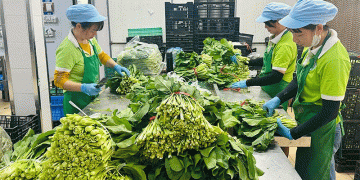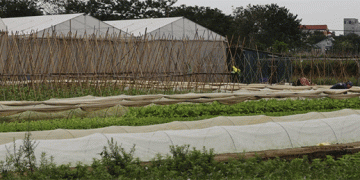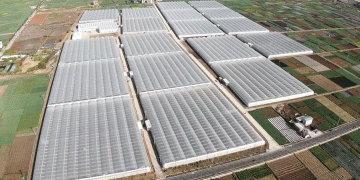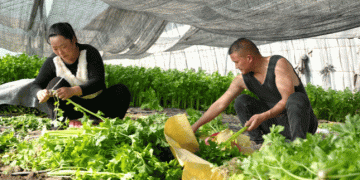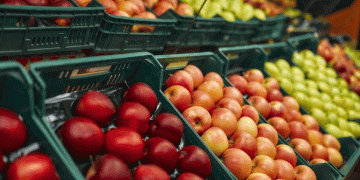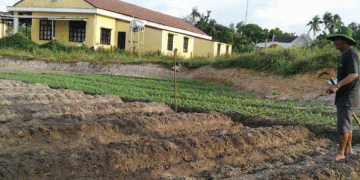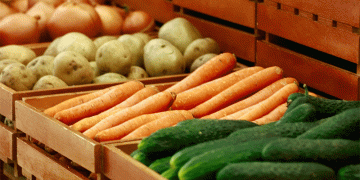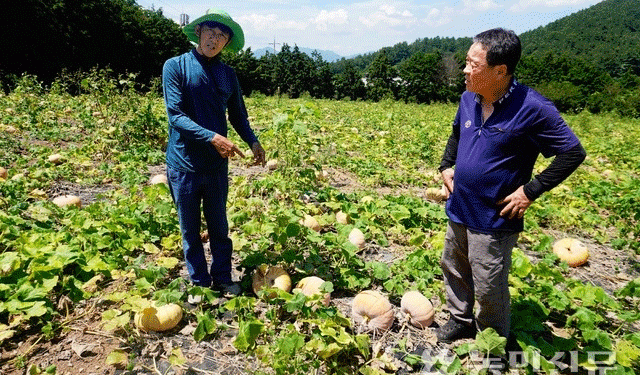In Goheung, South Korea, farmers who planted what they believed was a specific variety of milling pumpkin (Matdol Hobak) are facing financial ruin after harvesting a crop with the wrong characteristics—shallow grooves and greenish, unripe-looking flesh instead of deep grooves and yellow flesh. The dispute between the growers and the seed company, which blames cultivation practices rather than its product, exposes a critical vulnerability in modern agriculture: the catastrophic impact of non-conforming seed. For farmers, agronomists, and scientists, this case is a stark reminder that genetic purity and seed integrity are the foundational pillars of a successful and predictable harvest.
The financial impact on the affected farms is severe. The farmers report anticipated losses of approximately 120 million KRW (roughly $90,000 USD), stemming from both input costs of 20 million KRW and lost sales after a pre-arranged wholesale contract was canceled due to poor quality. This situation demonstrates that the risk of seed failure extends far beyond the cost of the seed itself; it encompasses the entire season’s investment in labor, inputs, land, and foregone market opportunities. This aligns with global data; a 2023 report from the Food and Agriculture Organization (FAO) emphasizes that seed is the primary input that determines the ceiling of a farm’s productivity and profitability, and its failure can be devastating, particularly for small and medium-scale producers.
The core of the dispute hinges on the cause of the phenotypic divergence. The farmers allege the seed was impure or mislabeled, while the seed company (designated as ‘A’) claims the issue lies with the “cultivation environment and methods.” This is a common and difficult conflict to resolve. Proving genetic identity requires specialized testing, and environmental factors can sometimes influence traits. However, the consistent failure across multiple farms to achieve the advertised “deep grooves and yellow flesh” strongly suggests a genetic or purity issue rather than isolated grower error. This highlights a significant gap in the agricultural supply chain: the reliance on trust and the immense difficulty for individual farmers to challenge large corporations.
The limitations of the official recourse system, as explained by the National Seed Bureau, are telling. With only 4-5 out of 60 annual seed-related complaints proceeding to formal cultivation tests, and the potential for disputes to drag into civil court, farmers are often left with inadequate protection. This power imbalance discourages legitimate claims and leaves producers bearing disproportionate risk.
The pumpkin seed failure in Goheung is a cautionary tale with universal implications for the agricultural sector. It reinforces that the pursuit of lower input costs (in this case, seeds that were 120 KRW cheaper per plant) can carry hidden and extreme risks. To mitigate such threats, the industry must move towards greater transparency and accountability. Key actions include:
- For Farmers: Insist on detailed purchase contracts that specify variety, lot number, and guaranteed genetic purity. Source seeds only from reputable, certified suppliers.
- For Agronomists & Scientists: Develop and promote accessible, low-cost genetic testing protocols to allow for rapid verification of seed identity.
- For Policymakers & Agricultural Engineers: Strengthen national seed certification and dispute resolution systems to be faster, more accessible, and more binding for all parties.
Ultimately, ensuring seed integrity is not just a matter of crop science; it is a fundamental requirement for agricultural economic stability and farmer livelihoods.















